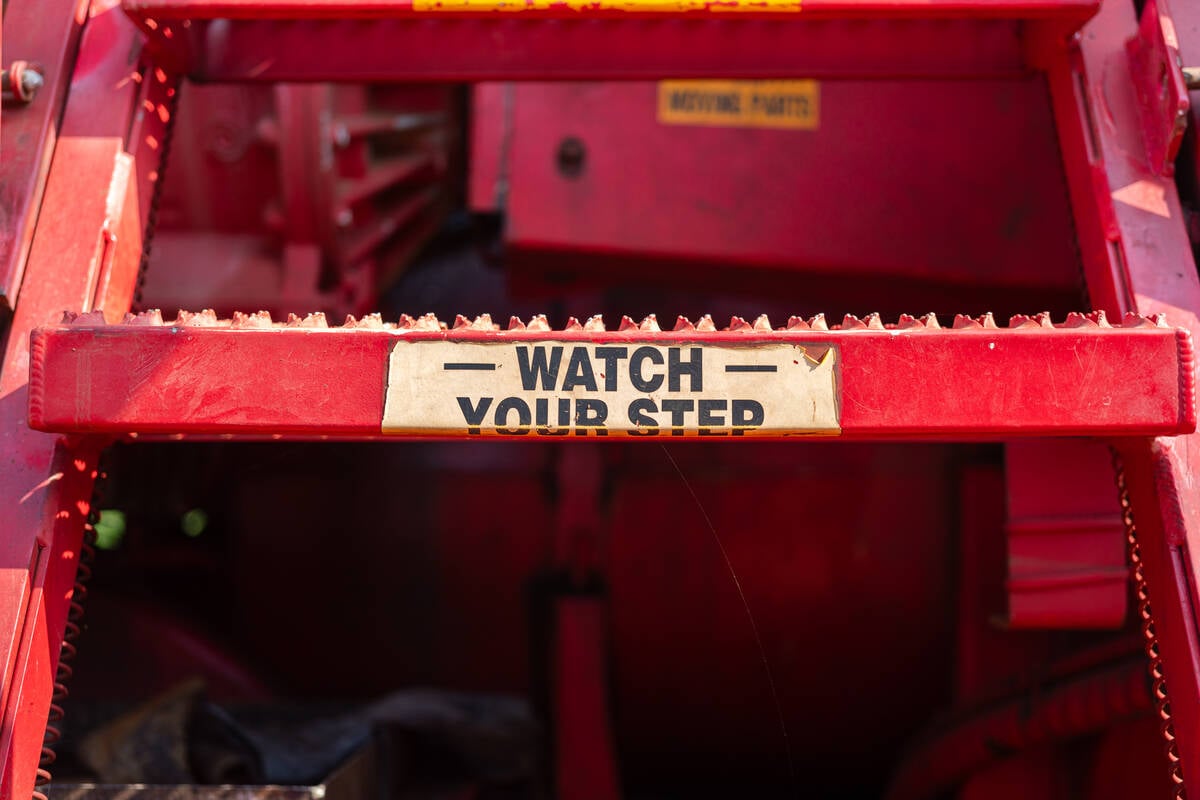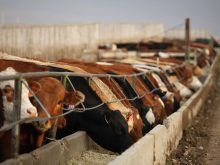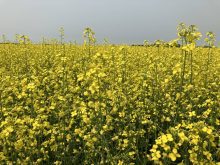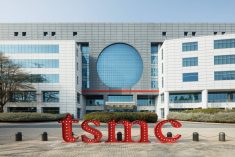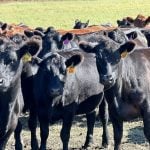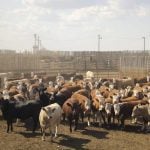What is farm equipment worth? For that matter, what is a farm, or a section, or a front yard worth? The answers lie in costs and what money will buy. For now, those ordinary questions are hard to answer accurately.
Almost a century ago, Winston Churchill, speaking of Russia, described the land of czars and Cossacks as “a riddle wrapped in a mystery inside an enigma.” That’s as good a way as any to describe the present tariff wars and what they mean for farm equipment, farm productivity and farms themselves.
Prices are soaring, with every tractor or harrow, front end loader or auger priced to include tariffs. Repair parts? Tough to say. Statistically, a third of U.S. farm machinery is exported to Canada and thus subject to Canadian tariffs.
Read Also

Prairie-made combine concaves make Time top inventions list
Thunderstruck Ag Equipment of Winkler, Manitoba earned a place on Time’s list of top 100 influential inventions for its Razors Edge combine concave, designed to improve efficiency at harvest.
What we know is that as of Aug. 1, 2025, when U.S. President Donald Trump signed an executive order raising the tariffs from 25 to 35 per cent on products that do not qualify as originating goods under the Canada-United States-Mexico Agreement (CUSMA), farming got a lot more complicated. A US$800 per day per person exemption or allowance for goods shipped to the U.S. from Canada was eliminated effective Aug. 29, 2025. So much for tax management by parts shopping.
The prices of crops influence the prices of gear used to plant, grow and harvest them. Prices at the curb depend on tariffs, if any. You could say, “OK, we’ll add 30 per cent or whatever the charge is and make that the final price,” but that isn’t the whole story.
Each week Trump makes new tariff announcements. The tariffs are a charge on goods’ sale prices, billed as part of a sale and remitted to the U.S. Treasury. Newspapers and broadcasters play the U.S. and, for that matter, Canadian reciprocal tariffs as bad news, but there is unspoken good news as well:
- Tariffs may insulate domestic manufacturers from some competition from similar imported products.
- Tariffs on goods impair the desirability of imports, effectively boosting the sales and bottom lines of competing Canadian manufacturers. Tariffs widen price differences and thus give nominal support to the competitiveness of Canadian equipment. Though components of machinery may be more expensive after imposition of tariffs, the final price, including profits, may be higher as well. Obviously, this is a case-by-case situation.
- Tariffs make existing machinery on the farm worth more. These are balance sheet adjustments and the implicit price gains are not taxable until sale. In the U.S., the Milwaukee-based Association of Equipment Manufacturers reported that for Canada there was an 11.7 per cent decline in sales of new 100-hp-or-over 2WD tractors and a small, 2.2 per cent gain in sales of new 40- to 100-hp tractors for the period to the end of July 2025.
Data on sales of farm equipment combine current prices and buyer/seller expectations of future prices. Tariffs may increase buyer eagerness to get deals done this year or next if prices threaten to be higher next year or later this year. They may delay supply of old equipment coming to market on trades as farmers extend the life of equipment with repairs or parts replacements.
These predictions reflect the costs of uncertainty, for U.S. tariffs are as much threats as realized and embedded charges. That said, the rational path for farmers — and, for that matter, other businesses with cross-border exposure — is to delay purchases of new equipment, to invest in maintenance and upgrades of existing equipment, and to buy made-in-Canada equipment where possible. Delayed purchase and extended operating life are effectively the same as a reduction in annualized cost. The risk is that future prices may rise with inflation. It’s today’s capital costs versus tomorrow’s balance sheet. But uncertainty, which is the issue, is not a cost until it is billed.
The rationale is clear: every product has a profit margin — paying a foreign vendor’s or manufacturer’s costs plus embedded tariffs is adding insult to injury. Why pay cost plus profits enhanced by tariffs if comparable equipment can be had, new or used, without tariff-boosted profits for foreign manufacturers or vendors?
To date, farm equipment prices have been falling in response to documented tariffs and undocumented fears of worse to come. Equipment prices have been reported as soft in 2025 as sales slow. Old equipment prices should rise, yet auction records for 2025 to early August show that farmers are not just shopping for good used gear, but staying on the sidelines altogether.
None of this is really conclusive, for U.S. tariffs may be adjusted up or down, farmers may shop more on the back lot for used gear and less in showrooms for new gear, extend co-operative arrangements with neighbouring farms and farmers, or even depart farming with sales and available tax breaks.
There is a farmland capital gains tax exemption per owner for farms personally owned. That works out as $1 million for the farmer and a similar amount for the spouse if they actively farm with both spouses on the title and with the assumption that each actively farms or manages. Renting the land is not active management but taking risks with the land. It’s being seen as taking risks that qualifies for the exemption. This is a tax-cushioned way out of the tariff dilemma. It may be the best way out for farms impaired by U.S. and even higher Chinese tariffs on crops such as canola and products such as dressed pork.
Politics have made farming tariffs as vital and as essential as actually growing the crops.

